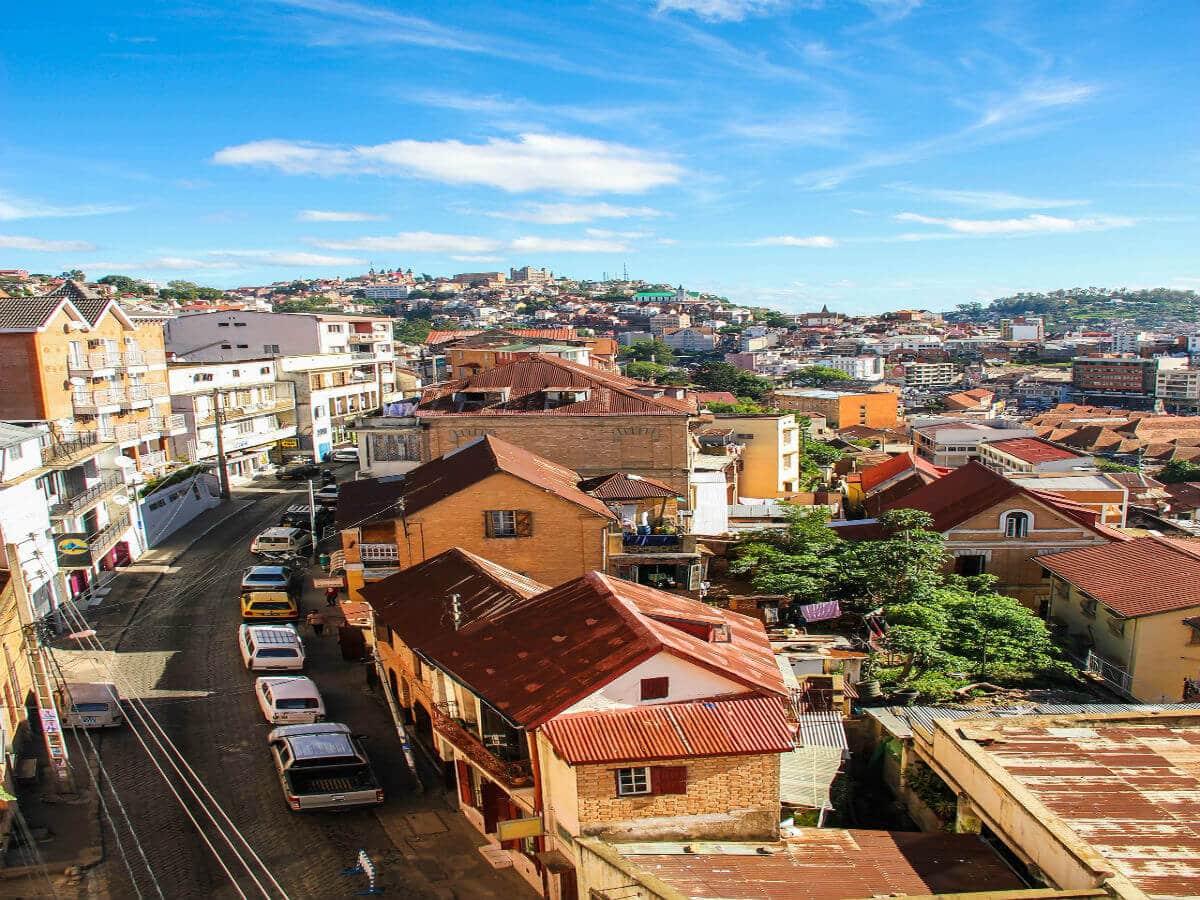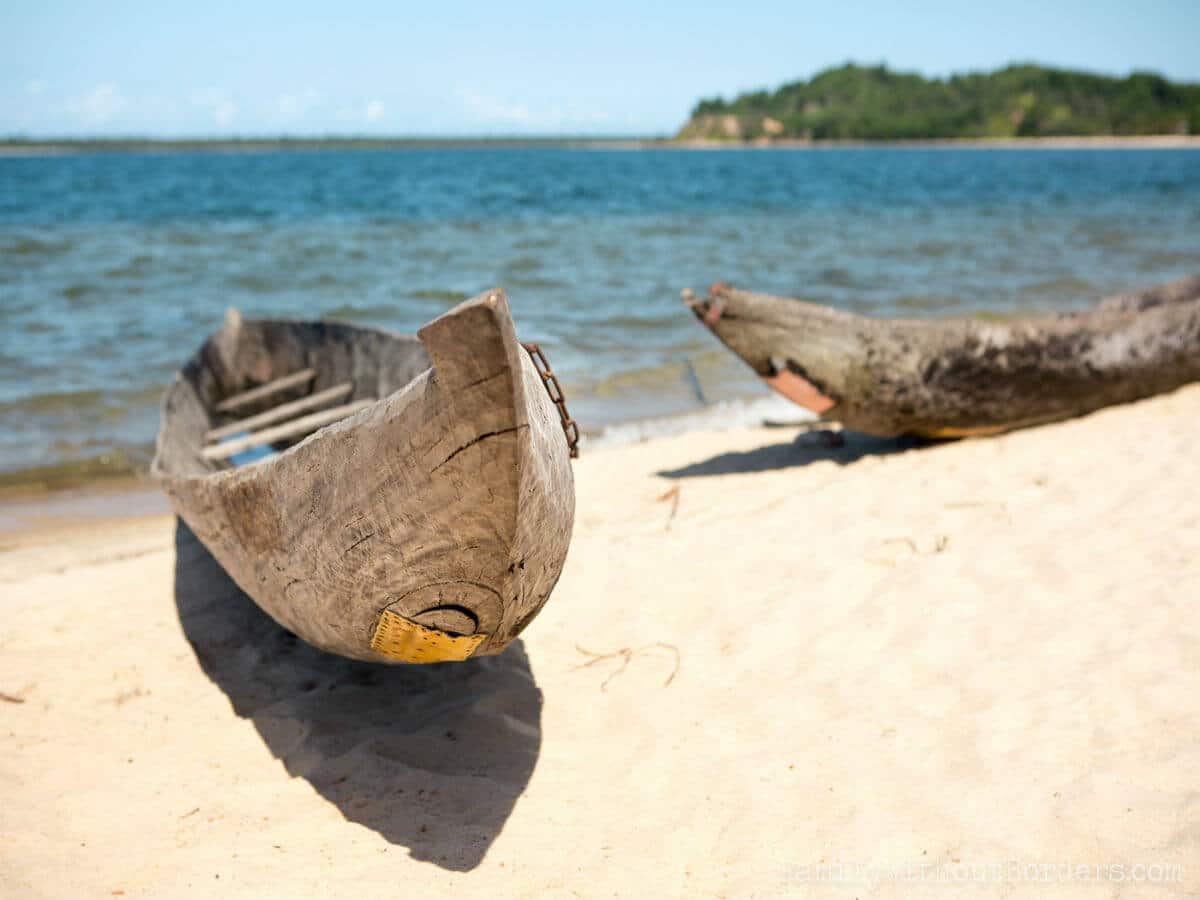Madagascar is an all-year-round destination, so there isn’t just an ideal month to travel to the island country but an entire season. Madagascar has a tropical climate, namely a rainy summer season and a dry winter season. Like other tropical countries such as India, certain times of the year can get pretty wet, especially with tropical cyclones and regional monsoons bringing in thunderstorms and heavy rainfall.
Let’s examine the different seasons in Madagascar so you can decide when to book our Madagascar tour packages accordingly.
The temperature during the rainy season oscillates from a minimum of 15 degrees Celsius and 27 degrees Celsius in November to 15 degrees Celsius and 25 degrees Celsius in April. There is a rise in temperature from November, which carries into December, accompanied by rainfall. The wildlife remains active now, with the rainforest appearing vibrant and bright. Some people still participate in swimming, snorkelling, and canoeing in November. However, December brings along sweltering heat and tropical storms. So, if you’re travelling in December, you are advised to do so at the beginning of the month.
January to March is the cyclone season in Madagascar, which also means humid weather, heavy rains, and high temperatures. The roads are muddy now, and several accommodation options could be unavailable. However, if you don’t mind the rain during your holiday, then this is the time that could give you good discounts on travel and hotels. The island country is relatively empty at this time if you wish to travel amidst fewer crowds.
April is part of the shoulder season in Madagascar, and it’s also when the weather begins to improve after the cyclones and heavy rains. While you could encounter rainfall at this time, there is also sunshine and the chance of spotting wildlife. Remember that the weather can be unpredictable due to the island country’s topography and altitude.
May and October are often considered the best time to visit Madagascar. The temperature during the dry season in the island country remains between 20 degrees Celsius and 24 degrees Celsius. The weather begins to dry up in May, making it comfortably warm to explore the outdoors. June is a cooler month, and July is the centre of the dry season. It’s common to go on hikes at this time of year, with the beaches offering the perfect ambience for sunbathing and swimming.
September is peak wildlife safari time in Madagascar and is also ideal for bird-watching. If you visit during this month, you can also go canoeing and snorkelling. October is among the best months for wildlife spotting as this is when newly born lemurs begin to appear on their mothers’ backs.
The festivals you can enjoy during this period include the Donia Music Festival and Feria Oramena.


















